Plein Air Painters of the Arroyo Seco and Highland Park

At the turn of the century, most "serious" artists in America were trained in Europe. French Impressionist painters at the time preferred to work en plein air, meaning "in open air," which took the practice of painting outdoors, using natural light. When artists returned home to America the artistic styles and techniques they brought back with them often took on novel forms. This was certainly the case when European-schooled artists migrated to Los Angeles and found a city in close proximity to deserts, beaches, chaparral and snow capped mountains -- ideal settings for development of the California Plein Air movement.
For many artists, the already plentiful and distinct Southern California sunlight was especially attractive around the Arroyo Seco in Highland Park, and the area attracted some of the masters of the plein air style.
Here's a look at some of the artists who called the area home, and whose paintings often featured scenes around the Arroyo Seco. All images courtesy of the Irvine Museum.
*****
Franz Bischoff was born in Austria, came to America as a teenager, and settled in Pasadena around the turn of the century. An early member of the California Art Club, Bischoff was known for his floral paintings on China (he was known as the "King of Roses"), and California landscapes, many of which featured scenes around the Arroyo Seco near his home.

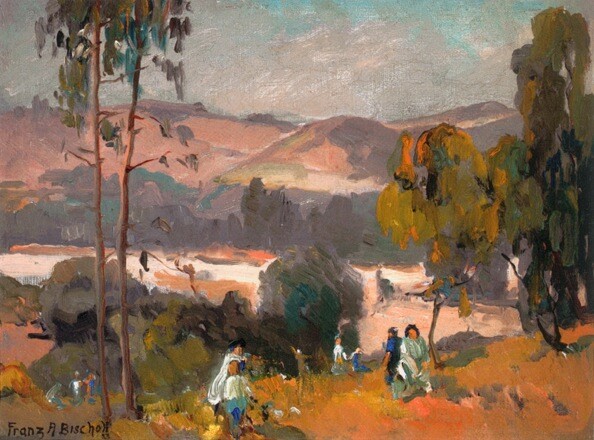

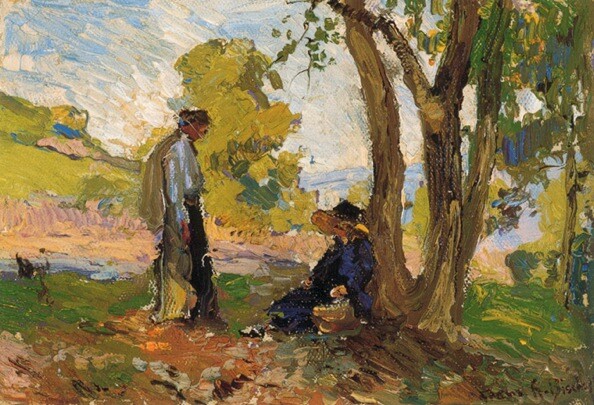
Alson Skinner Clark, originally from Chicago, moved to Pasadena after a stint in Paris. He taught fine art at Occidental College, and was a member of the Pasadena Society of Artists and the California Art Club.
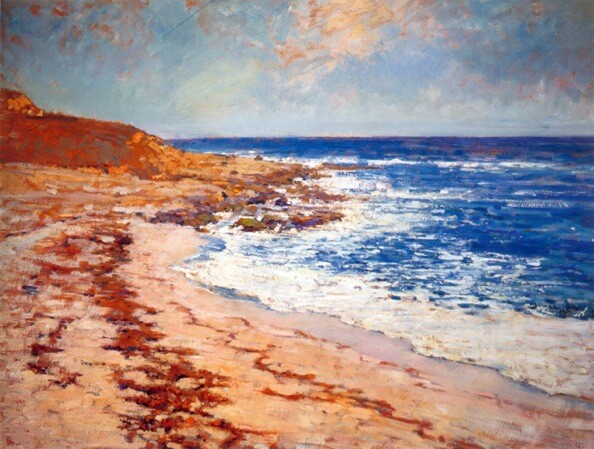
Elmer Wachtel, along with his wife Marion Kavanaugh, was a fixture in the bohemian art circles around the Arroyo Seco around the turn of the century. Their home and studio that they built in Mount Washington still stands today, and is now L.A. Historic Cultural Monument #503.


Originally from Missouri, Hanson Puthuff came to Los Angeles around the turn of the century and worked as a commercial painter, working primarily on billboards. An early member of the California Art Club, Puthuff was also part of a group known as the Garvanza Circle, along with like-minded artists who gathered in the Garvanza district near Highland Park. He was one of several painters who worked on the habitat dioramas at the L.A. County Museum of History, Science, and Art, now the Natural History Museum.

Born in Germany, Jean Mannheim settled near the Arroyo Seco in 1908 after stints in France and Chicago.

John Frost, originally from Philadelphia, was a member of the California Art Club, Painters and Sculptors of Los Angeles and the Pasadena Society of Fine Arts. He had studied in France, and the influence of his training can be seen in his impressionistic portraits of California landscapes.
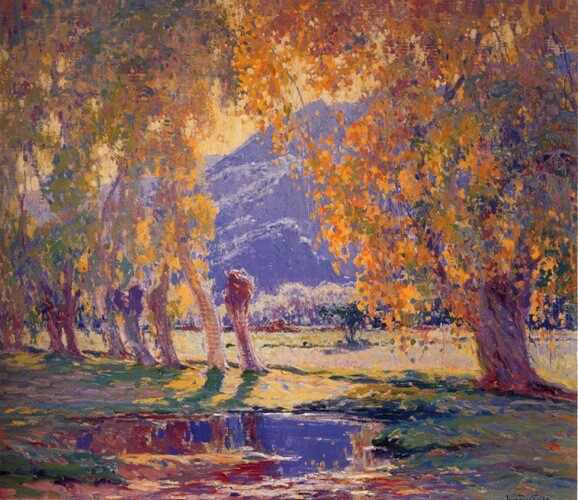
William Lees Judson initially came to Garvanza to seek a milder climate more suitable for his weakening health. He founded the College of Fine Arts in Garvanza, which became a part of USC in 1901. The campus also served as home to the Arroyo Guild of Fellow Craftsman, and later the building became home to Judson Studios, a stained-glass company founded by his William Lees' three sons, which still operate to this day.
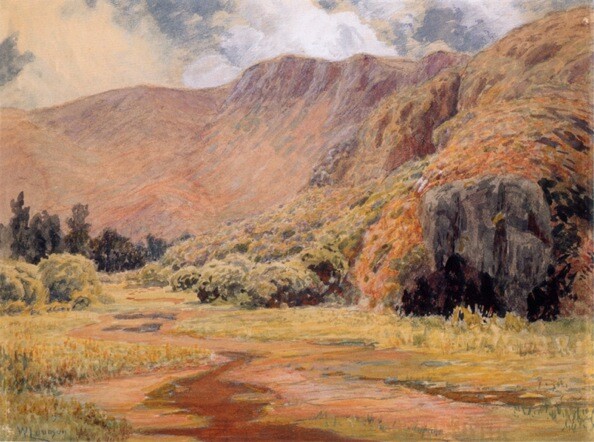
Learn more about the neighborhood in Departures: Highland Park.